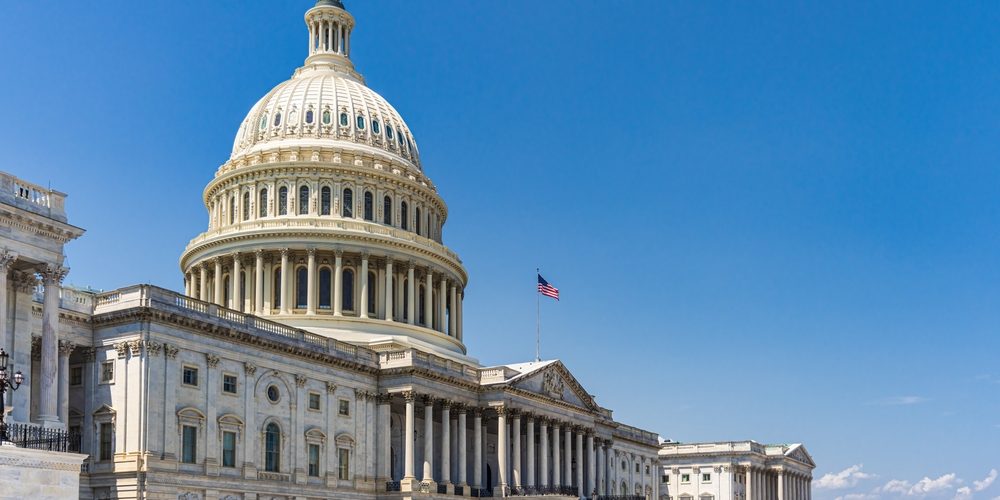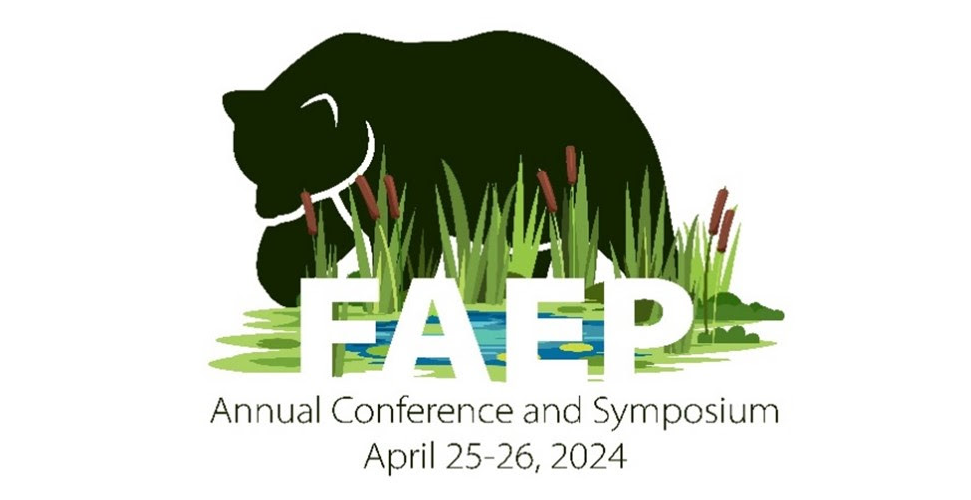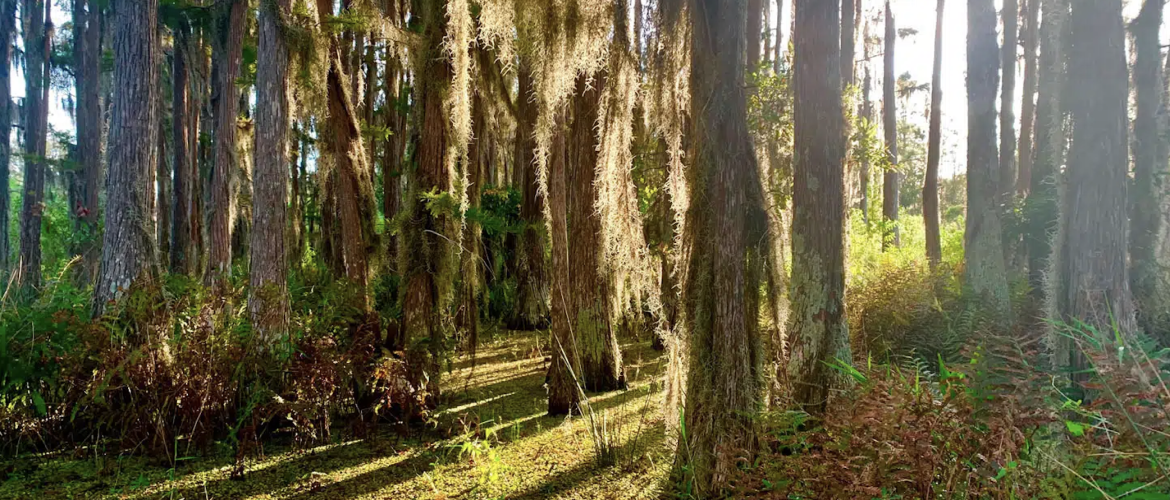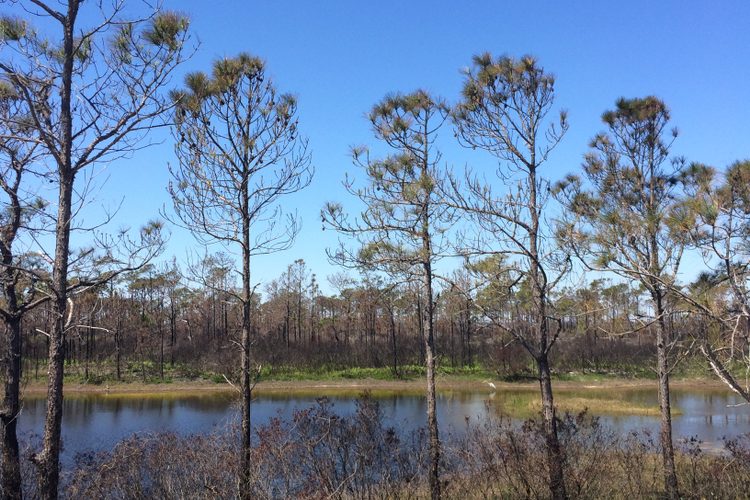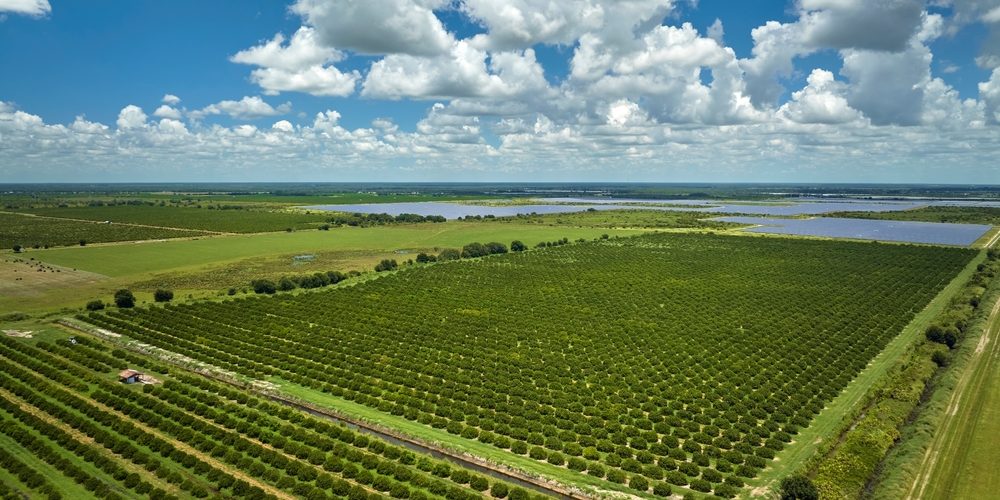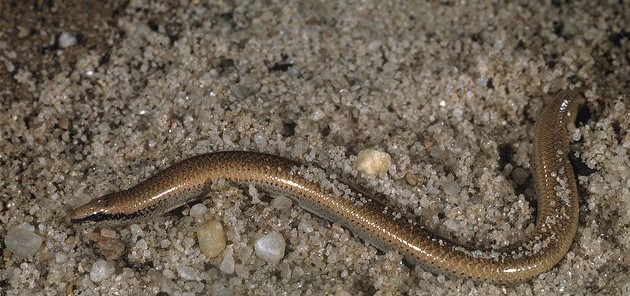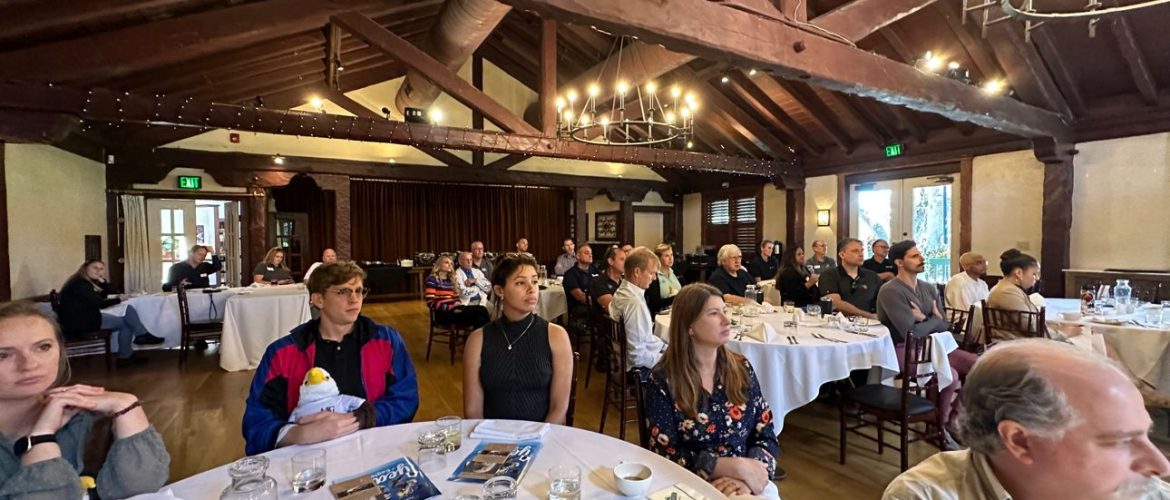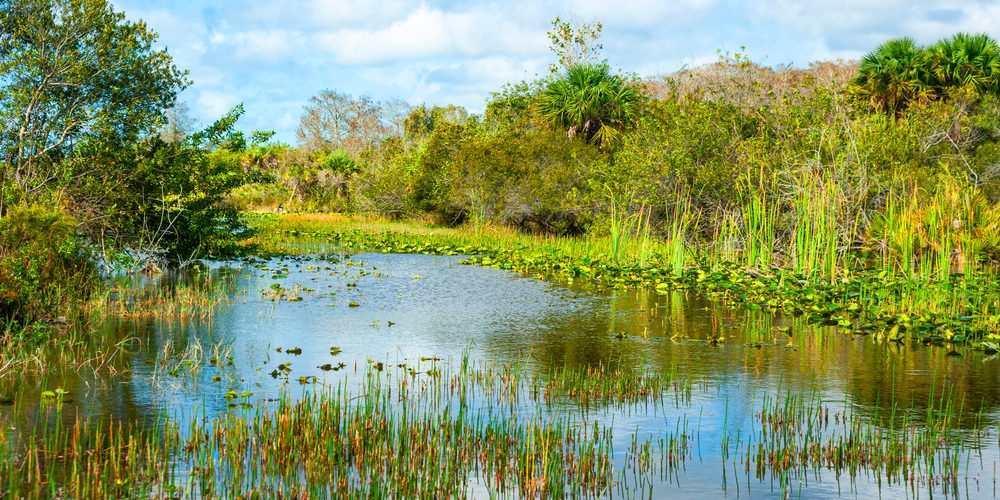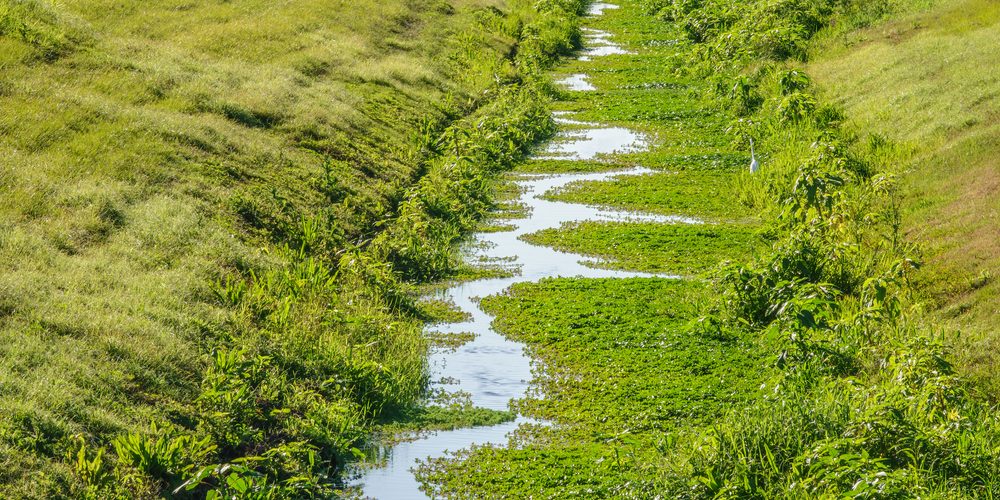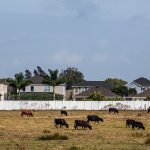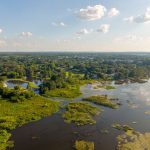The Future is Green: Unpacking the 2024 Global Outlook for Environmental Consulting Services In a landscape where environmental sustainability becomes increasingly paramount, the Global Environmental Consulting Services Market stands as a testament to the sector’s burgeoning demand and potential. Estimated at $35.7 billion in 2022, the market is on a trajectory to reach an impressive $65.1 billion by 2030. This anticipated growth, averaging a 7.8% CAGR, mirrors the escalating global commitment to addressing environmental challenges through expert consulting services. Central to this
Explore how the Energy and Water Development Appropriation Act 2024 influences mitigation banking. Learn how Congress is urging the U.S. Army Corps of Engineers to enhance efficiency in credit releases.
Florida Association of Environmental Professionals Symposium and NEPA Essentials Workshop in April 2024 Early Bird Registration is now open for the 2024 Florida Association of Environmental Professionals Annual Symposium (April 25 & 26, 2024) along with the NEPA Essentials Workshop (April 24, 2024) at the B Resort & Spa in Lake Buena Vista, Florida. Click Here to Register! What to Expect: Expert sessions on Listed Species, Restoration, Due Diligence, PFAS, Geospatial and the Environment, Solid Waste, Cultural Resources, Environmental Compliance, and more. Learn
Navigating the Evolving Landscape of Wetland Mitigation Banking in 2024 As we navigate the complex and ever-evolving world of wetland mitigation banking, understanding the intricacies of this field is crucial for both environmental preservation and sustainable development. In a comprehensive article by Charles Boisseau, the nuances of mitigation banking, its impact on real estate, and the challenges faced by bankers and developers in Florida are thoroughly explored. From the historical evolution of wetlands management to the current market trends and regulatory frameworks,
New Legislation Enhances Flexibility in Mitigation Banking – SB 1646 Overview In an exciting development for the world of environmental conservation and restoration, a significant mitigation banking bill was filed on January 5, 2024. This new legislation is poised to transform the current landscape of mitigation banking, particularly concerning the use of out-of-basin mitigation credits. At its core, the bill focuses on providing more flexibility in the use of mitigation credits, especially when in-basin options are unavailable. This new provision is a
Join The Mitigation Banking Group in fostering a sustainable future for Florida’s landscapes. Discover our quest for partners in mitigation banking, from active site managers to investors. Let’s collaborate for ecological and economic balance.
Sand Skink and Blue-tailed (Bluetail) Mole Skink This guide for sand skink (Plestiodon [Neoseps] reynoldsi) and blue-tailed mole skink (Plestiodon [Eumeces] egregius lividus) conservation and Endangered Species Act (ESA) consultation is intended to assist project proponents to determine if or how a proposed action may affect sand skinks or blue-tailed mole skinks. The sand
Dive into the Audubon Center for Birds of Prey’s vital role in avian conservation at the CFAEP luncheon and discover how their efforts are saving Florida’s raptors.
Learn how UMAM evaluations determine the condition of wetland communities. Discover how these scores influence your need for wetland mitigation credits and what steps are essential before you proceed with any development projects.
From water quality to habitat preservation, learn how the Three Pillars of ‘No Net Loss’—Life, Land, and Chemistry—shape wetland health and contribute to effective watershed management.


